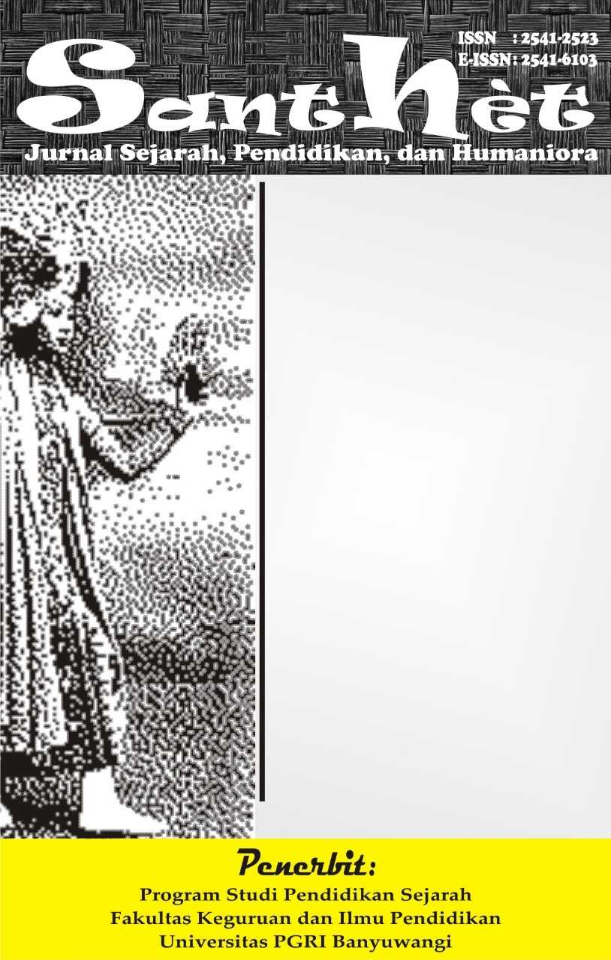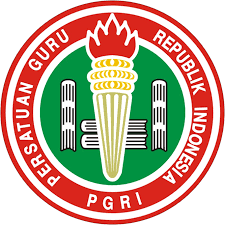Culinary Sustainability: Exploring The Potential Of Manihot Esculenta In Innovative Production Using The Au Bain Marie Technique
Culinary Sustainability: "Menggali Potensi Manihot Esculenta Dalam Inovatif Produksi Menggunakan Teknik Au Bain Marie
DOI:
https://doi.org/10.36526/santhet.v8i2.4553Keywords:
Manihot esculenta, au bain marie, culinary sustainability, food innovation, product diversification.Abstract
This study aims to explore the potential of Manihot esculenta (cassava) as a sustainable food source through innovative production techniques utilizing the au bain marie method. Manihot esculenta, a primary source of carbohydrates in many developing countries, offers environmental benefits due to its ability to thrive in diverse soil conditions and extreme weather. This research examines how the use of the au bain marie technique—which prioritizes indirect heating to preserve nutritional quality—can enhance the culinary value of cassava while supporting local food sustainability efforts. The methodology includes experimental production of various cassava-based dishes using the au bain marie method, along with an analysis of sensory characteristics, nutritional value, and economic feasibility. The results show that the au bain marie technique can retain essential nutrients in cassava while improving its texture and flavor, making it an appealing alternative in modern cuisine. These findings underscore the importance of innovation in processing local food ingredients to enhance culinary sustainability and promote the diversification of environmentally friendly food products.
References
Adeyemo, T. and Okoruwa, V. (2018). Value addition and productivity differentials in the nigerian cassava system. Sustainability, 10(12), 4770. https://doi.org/10.3390/su10124770
Agre, A., Bhattacharjee, R., Dansi, A., López-Lavalle, L., Dansi, M., & Sanni, A. (2015). Assessment of cassava (manihot esculenta crantz) diversity, loss of landraces and farmers preference criteria in southern benin using farmers’ participatory approach. Genetic Resources and Crop Evolution, 64(2), 307-320. https://doi.org/10.1007/s10722-015-0352-1
Anyanwu, C., Ibeto, C., Ezeoha, S., & Ogbuagu, N. (2015). Sustainability of cassava ( manihot esculenta crantz ) as industrial feedstock, energy and food crop in nigeria. Renewable Energy, 81, 745-752. https://doi.org/10.1016/j.renene.2015.03.075
Banson, K., Amoatey, H., & Cobbinah, J. (2014). Economic impact of mutant cassava (manihot species) for agricultural improvement in ghana. Journal of Agricultural Science and Technology B, 4(4). https://doi.org/10.17265/2161-6264/2014.04b.004
Baroroh, H. (2023). Digitalization and product development of micro, small, and medium enterprises (msmes) in tonjong village as a means of empowering the community toward prosperous. Journal of Community Practice and Social Welfare, 3(1), 13-27. https://doi.org/10.33479/jacips.2023.3.1.13-27
Dahlia, M. and Cahyana, C. (2021). Developing cassava based frozen products to increase housewife’s income in benda baru village, south tangerang. Jurnal Pemberdayaan Masyarakat Madani (Jpmm), 5(1), 47-60. https://doi.org/10.21009/10.21009/jpmm.005.1.04
Dharma, B. (2023). Development of innovative packaging design for madura cassava chips to improve product competitiveness. Economics and Business Journal (Ecbis), 2(1), 39-50. https://doi.org/10.47353/ecbis.v2i1.100
Eliza, E., Effendi, R., Khaswarina, S., Ermitety, E., & Dewi, N. (2019). Pemberdayaan masyarakat melalui pemanfaatan kulit singkong menjadi stik aneka rasa di kecamatan kampar utara kabupaten kampar. Unri Conference Series Community Engagement, 1, 8-13. https://doi.org/10.31258/unricsce.1.8-13
Laili, N., Q, I., Setiawan, D., & Asnawi, H. (2022). Empowerement of innovation food processing cassava at tegal rejo siswo bangun village. International Journal of Community Engagement Payungi, 2(2), 72-76. https://doi.org/10.58879/ijcep.v2i2.21
Marenya, M., Bobobee, E., Yakanu, P., & Ochanda, J. (2020). The tek mechanical cassava harvester development in ghana – challenges, opportunities and prospects for cassava production in africa. Journal of Engineering in Agriculture and the Environment, 5(1.2019). https://doi.org/10.37017/jeae-volume5-no1.2019-4
Ojide, M., Adegbite, S., Tran, T., Taborda, L., Chapuis, A., Lukombo, S., … & Abass, A. (2022). Processors' experience in the use of flash dryer for cassava-derived products in nigeria. Frontiers in Sustainable Food Systems, 5. https://doi.org/10.3389/fsufs.2021.771639
Okebiorun, E. and Jatto, N. (2017). Value addition in cassava processing: evidence from women in ilesa west local government area of osun state. Agriculture and Food Sciences Research, 4(1), 30-36. https://doi.org/10.20448/journal.512.2017.41.30.36
Okonkwo, C., Olaniran, A., Adeyi, O., Adeyi, A., Ojediran, J., Adewumi, A., … & Erinle, O. (2021). Drying characteristics of fermented‐cooked cassava chips used in the production of complementary food: mathematical and gaussian process regression modeling approaches. Journal of Food Process Engineering, 44(7). https://doi.org/10.1111/jfpe.13715
Okopi, S. (2022). Management of agricultural innovations: implications on food security in nigeria. European Journal of Business and Innovation Research, 10(7), 15-30. https://doi.org/10.37745/ejbir.2013/vol10n71530
Olaosebikan, O., Abdulrazaq, B., Owoade, D., Ogunade, A., Aina, O., Ilona, P., … & Parkes, E. (2019). Gender-based constraints affecting biofortified cassava production, processing and marketing among men and women adopters in oyo and benue states, nigeria. Physiological and Molecular Plant Pathology, 105, 17-27. https://doi.org/10.1016/j.pmpp.2018.11.007
Olupona, O. and Kehinde, A. (2022). Economics of bio-fortified cassava varieties (bcvs) adoption and its gender implication among farmers in oyo state, nigeria. Ghana Journal of Agricultural Science, 57(1). https://doi.org/10.4314/gjas.v57i1.4
Rozi, F., Elisabeth, D., Krisdiana, R., Adri, A., Yardha, Y., & Rina, Y. (2023). Prospects of cassava development in indonesia in supporting global food availability in future.. https://doi.org/10.5772/intechopen.106241
Sophia, H., Dahliaty, A., Nugroho, T., & Helianty, S. (2020). Inovasi produk olahan singkong menjadi singkong frozen untuk meningkatkan pendapatan masyarakat. Unri Conference Series Community Engagement, 2, 488-493. https://doi.org/10.31258/unricsce.2.488-493
Suharko, S. and Hudayana, B. (2020). Rural woman and food security: diversification of cassava-based foods in gunungkidul district, yogyakarta. Sodality Jurnal Sosiologi Pedesaan, 8(2), 1-14. https://doi.org/10.22500/8202029845
Tumwesigye, K., Oliveira, J., Namuwaya, S., & Sousa‐Gallagher, M. (2021). Cassava biomaterial innovations for industry applications.. https://doi.org/10.5772/intechopen.97493
Wattimury, I. (2023). Meningkatkan ekonomi masyarakat desa klis melalui produk kreatif dari pengolahan singkong. Jurnal Pengabdian Masyarakat Sains Dan Teknologi, 2(3), 212-217. https://doi.org/10.58169/jpmsaintek.v2i3.364





























